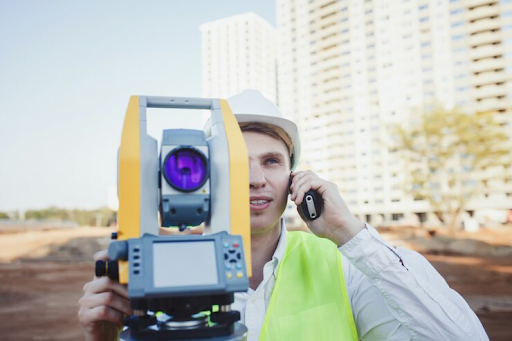Navigating the Complexities of Construction Site Security
Construction projects are inherently risky, with numerous potential hazards and liabilities that must be carefully managed. From physical safety risks to legal and financial exposures, construction site owners and managers face a daunting array of challenges. In this article, we’ll explore proven strategies for effectively managing risk and liability on construction projects, with a focus on the critical role of security measures in safeguarding people, property, and profitability.
The Importance of Construction Site Security Guards
One of the most effective ways to manage risk and liability on construction projects is to invest in professional construction site security guards. These trained security personnel can provide a visible deterrent to potential intruders, as well as respond quickly to any incidents that may occur. They can also assist with access control, monitoring, and surveillance, helping to ensure that only authorized individuals have access to the site and that any suspicious activity is promptly reported and addressed.
Implementing Robust Physical Security Measures
In addition to construction site security guards, it’s essential to implement a range of physical security measures to protect the construction site and its assets. This can include secure fencing, lighting, and signage to mark the boundaries of the site and deter unauthorized access. Access control measures such as keycard entry or biometric scanners can help ensure that only authorized personnel can enter sensitive areas or operate heavy machinery.
Boosting Construction Site Security with Innovative Solutions
The effective management of risk and liability on construction projects is heavily reliant on the strategic deployment of technology. By harnessing the power of advanced tools, construction sites can significantly enhance their security posture. For instance, CCTV surveillance system provide real-time monitoring and recording of activity within and around the site, enabling swift response to potential incidents. Moreover, analytics software can be leveraged to identify suspicious behavior or patterns, allowing for proactive threat mitigation. Additionally, access control systems and intrusion detection sensors can be integrated to monitor and respond to potential incidents with greater precision, ensuring a safer and more secure construction environment.
Comprehensive Risk Assessment and Planning
Effective risk management on construction projects begins with a thorough assessment of potential risks and liabilities. This can include everything from physical safety hazards to legal and financial exposures. By identifying and prioritizing these risks, construction site owners and managers can develop a comprehensive risk management plan that outlines specific strategies and protocols for mitigating and responding to potential threats.
Ongoing Training and Communication
Ensuring the safety and security of construction sites requires ongoing training and communication among all stakeholders. This includes regular safety briefings for workers, as well as clear communication channels for reporting incidents or concerns. Construction site owners and managers should also work closely with local law enforcement and emergency responders to ensure that everyone is prepared to respond effectively in the event of an incident.
Conclusion
Managing risk and liability on construction projects is a complex and multifaceted challenge that requires a comprehensive approach. By investing in professional construction site security guards, implementing robust physical security measures, leveraging the power of technology, conducting thorough risk assessments, and prioritizing ongoing training and communication, construction site owners and managers can help safeguard their projects and mitigate potential liabilities. Remember, effective risk management is not just a legal and financial imperative, but a moral obligation to protect the safety and well-being of everyone involved in the construction process.


